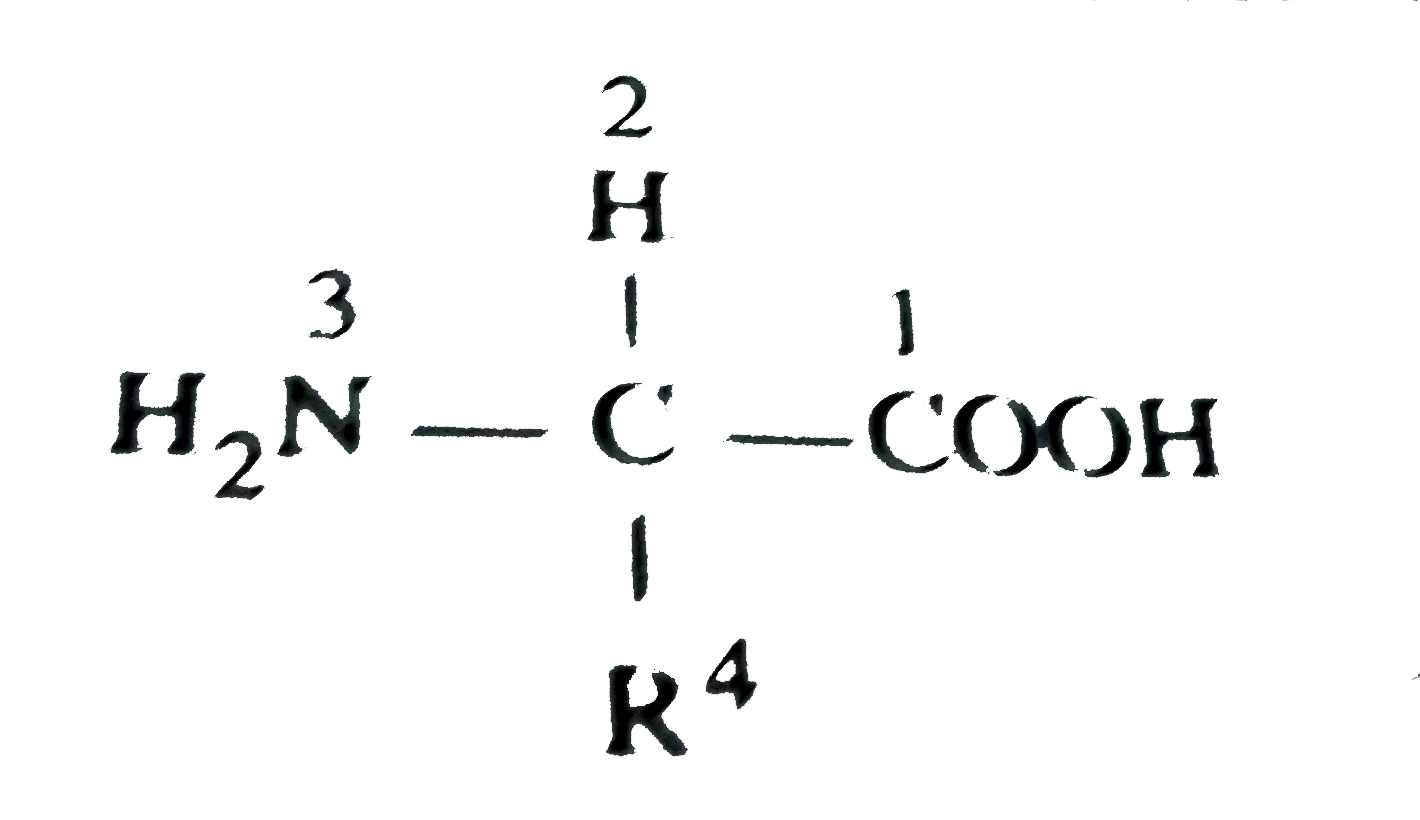During elongation process of translation, the peptide bond formation between amino acids is catalysed by -
ribosomal RNA
protein in small subunit of ribosome
protein in large subunit of ribosome
transfer RNA
Step-by-Step Solution:
1. Understanding the Translation Process:
- Translation is the process by which proteins are synthesized from amino acids based on the sequence of mRNA. It involves three main stages: initiation, elongation, and termination.
2. Focusing on Elongation:
- During the elongation phase, amino acids are added one by one to the growing polypeptide chain. This process requires the formation of peptide bonds between adjacent amino acids.
3. Identifying the Enzyme:
- The formation of peptide bonds is catalyzed by a specific enzyme. In the context of translation, this enzyme is known as peptidyl transferase.
4. Location of Peptidyl Transferase:
- Peptidyl transferase is not a standalone enzyme but is part of the ribosome. It is located in the large subunit of the ribosome. In prokaryotes, this is the 50S subunit of the 70S ribosome, and in eukaryotes, it is the 60S subunit of the 80S ribosome.
5. Conclusion:
- Therefore, during the elongation process of translation, the peptide bond formation between amino acids is catalyzed by peptidyl transferase, which is part of the ribosomal RNA in the large subunit of the ribosome.
Final Answer:
The peptide bond formation during the elongation process of translation is catalyzed by peptidyl transferase.
- Translation is the process by which proteins are synthesized from amino acids based on the sequence of mRNA. It involves three main stages: initiation, elongation, and termination.
- During the elongation phase, amino acids are added one by one to the growing polypeptide chain. This process requires the formation of peptide bonds between adjacent amino acids.
- The formation of peptide bonds is catalyzed by a specific enzyme. In the context of translation, this enzyme is known as peptidyl transferase.
- Peptidyl transferase is not a standalone enzyme but is part of the ribosome. It is located in the large subunit of the ribosome. In prokaryotes, this is the 50S subunit of the 70S ribosome, and in eukaryotes, it is the 60S subunit of the 80S ribosome.
- Therefore, during the elongation process of translation, the peptide bond formation between amino acids is catalyzed by peptidyl transferase, which is part of the ribosomal RNA in the large subunit of the ribosome.
The peptide bond formation during the elongation process of translation is catalyzed by peptidyl transferase.
Topper's Solved these Questions
- BOOK - XII BOARDS PREVIOUS YEARCHAPTER - QUESTION PAPER 2022 TERM 1 SET 1EXERCISE - SECTION-B24videos
QUESTION PAPER 2022 TERM 1 SET 1
- BOOK - XII BOARDS PREVIOUS YEARCHAPTER - QUESTION PAPER 2022 TERM 1 SET 1EXERCISE - SECTION-C12videos
QUESTION PAPER 2022 TERM 1 SET 1
- BOOK - XII BOARDS PREVIOUS YEARCHAPTER - QUESTION PAPER 2022 SET-3EXERCISE - SECTION C8videos
QUESTION PAPER 2022 SET-3
- BOOK - XII BOARDS PREVIOUS YEARCHAPTER - QUESTION PAPER 2022 TERM 1 SET 2EXERCISE - SECTION-C12videos
QUESTION PAPER 2022 TERM 1 SET 2
Similar Questions
Knowledge Check
- Question 1 - Select One
A peptide bond formation between two amino acids is accompained by the
Aloss of waterBdeaminationCaddition of waterDOligopeptides - Question 2 - Select One
A peptide bond is formed between two amino acids by
Aa condensation reaction forming an anhydride.Ba condensation reaction forming an ester.Ca condensation reaction forming an amine.Da condensation reaction forming an amide. - Question 3 - Select One
During translation peptide bond is formed between :-
AP site amino acid –NH2 and A site amino acid –COOHBA site amino acid –COOH and P site amino acid –NH2CP site amino acid –COOH and A site amino acid –COOHDP site amino acid –COOH and A site amino acid –NH2
in prokaryotic translation, the formation of peptide bond between two amino acide is catalysed by a
View SolutionThe process of formation of amino acids is called
View SolutionPeptide bond is formed between two amino acids through
View SolutionA peptide bond joins two amino acids together by.
View SolutionWhich antibiotic inhibits peptide bond formation
View Solution


